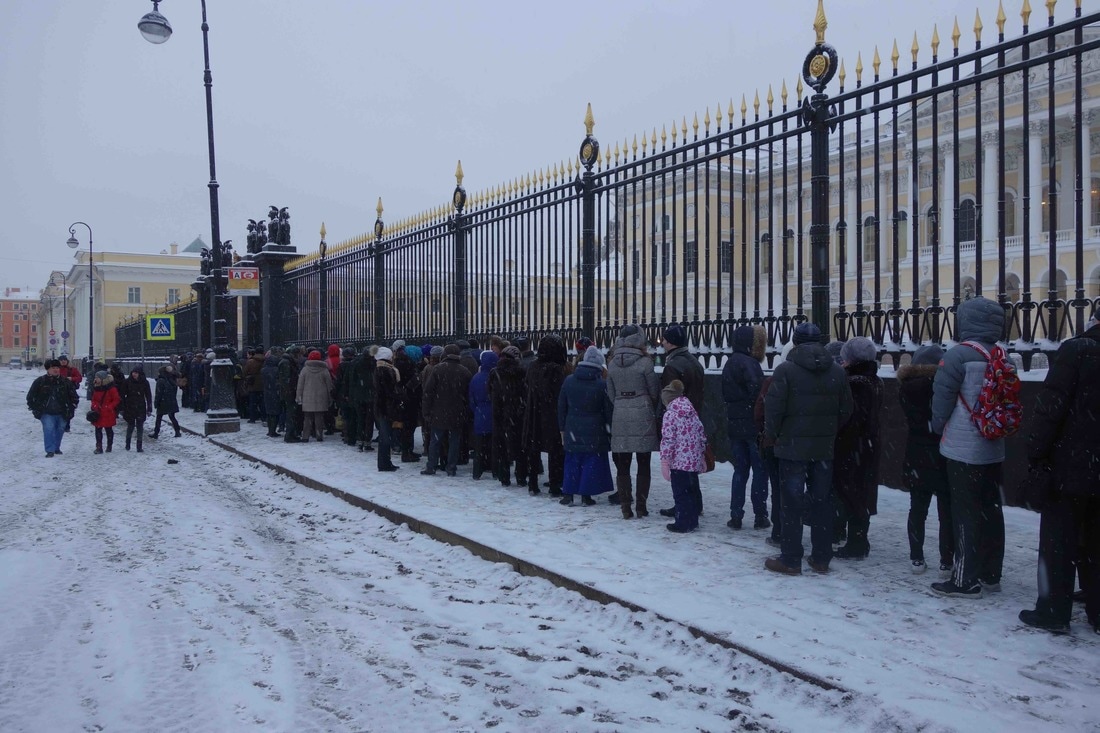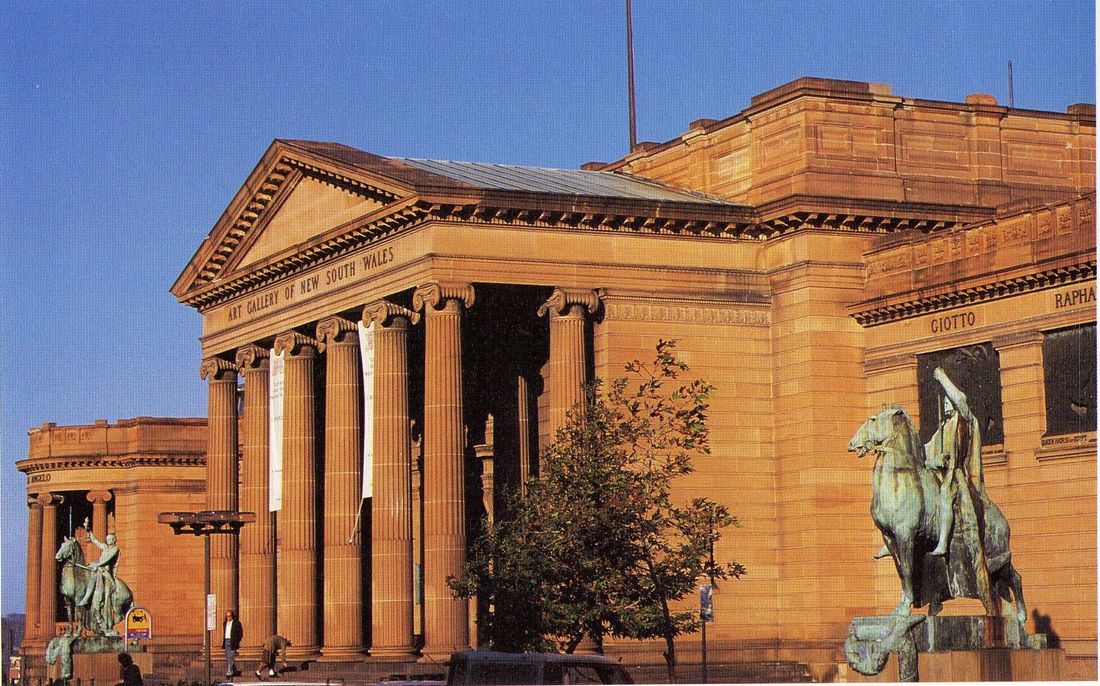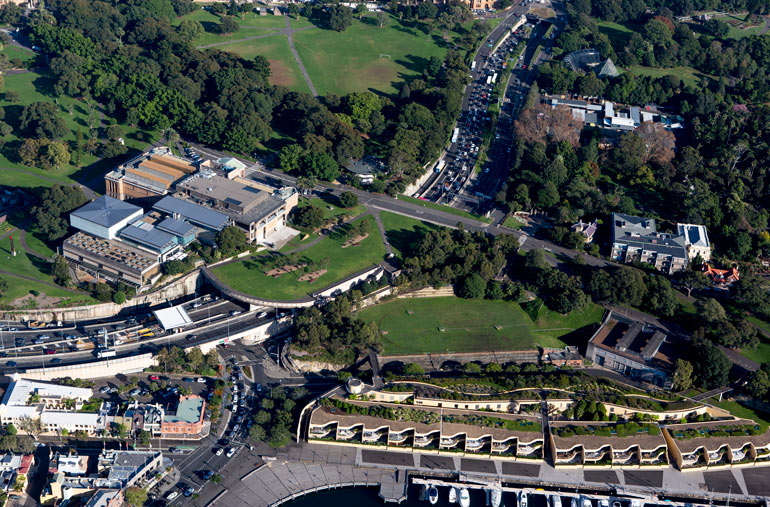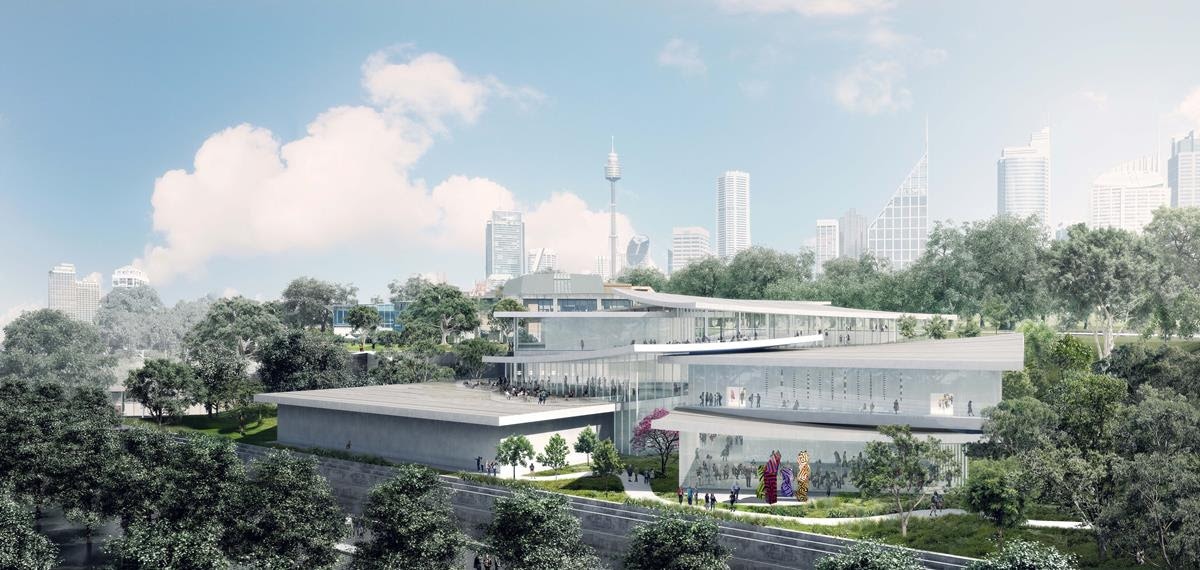Visiting art galleries and museums: some untimely thoughts Amongst museums in Australia, and frankly around the world, attendance numbers are seen as a barometer to success. Leaving aside the Palace Museum in Beijing, which boasted in 2016 an attendance of 16 million visitors, of the major art museums, the Louvre in Paris attracted 7,300,300 visitors, the British Museum a mere 6,820,000 visitors, while the Metropolitan Museum of Art in New York 6,700,000 visitors. The French and British museums saw last year as one of disastrous decline, blaming it mainly on the threat of terrorism, yet in reality all of these museums remained intolerably crowded. The visiting experience of these museums is like getting a cheap seat at the theatre, strategically positioned behind a column, where you can only partially see the stage and hear only a muffled sound. As a private confession, I avoid visiting these three museums unless I can get in outside opening hours or am attending a special function. In Australia, the problem is still in its infancy with only one museum in the top 25 visited museums in the world, namely the National Gallery of Victoria, which is in the twenty-third spot with 2.3 million visitors in 2014/15. However, spread between two adjacent venues of St Kilda Road and Federation Square, it remains comfortably crowded except during their blockbuster shows, such as Andy Warhol/Ai Weiwei and Vincent van Gogh and the Seasons. After Melbourne, statistically, there is daylight with the Queensland Art Gallery and Gallery of Modern Art and the Art Gallery of New South Wales coming in with about a million fewer visitors. A question arises as to what you want from an art gallery experience. Should it be a quiet, contemplative encounter with art objects, some reserved, others interactive, or should it be more like visiting a fashionable shopping complex with a mixture of glitter, shopping and dining opportunities and the engagement with strong aesthetic experiences. It is difficult, although not impossible, to combine the two. Most of the major art galleries and museums in Australia exhibit only a fraction of their collection and there is pressure to expand to exhibit more of their holdings, to have bigger facilities to host major ‘blockbuster’ exhibitions, and to increase their market share of the lucrative cultural tourism industry. Both the National Gallery of Victoria and the National Gallery of Australia in Canberra have advanced proposals for major expansions for their respective buildings and are seeking funding, but it is the Art Gallery of New South Wales that has attracted greatest attention. Sydney’s proposal is to build an extension to its existing building, which would be called Sydney Modern, and which would roughly double its floor space. The proposal has been met with considerable vitriol directed as much at the proposal as at its main instigator, Dr Michael Brand, the director of the gallery. Brand, a Canberra boy who trained at the Australian National University and then at Harvard University, came to the Art Gallery of New South Wales in 2012, after a stellar career in Australia and the United States, which included the directorship of the J. Paul Getty Museum in Los Angeles. He succeeded the long-serving Edmund Capon, the flamboyant director who over his 33 years in the job transformed a sleepy provincial institution into a thriving major art institution. It was always going to be a hard act to follow by the media-shy Michael Brand in the footsteps of the self-confessed media junkie Edmund Capon. Brand is a scholar-curator with a brilliant eye and Australian audiences still remember the outstanding exhibitions he curated as the inaugural head of Asian Art at the National Gallery of Australia, including The Age of Angkor: treasures from the National Museum of Cambodia (1992) and the sublime Vision of Kings: art and experience in India (1995). In Sydney, Brand inherited a poisoned chalice where the gallery had lost most of its long-serving curatorial staff, largely under the stewardship of Anne Flanagan, the gallery’s deputy director. There was also pressure to expand the building that saw the birth of the Sydney Modern dream, which would be completed in time for the gallery’s 150th anniversary in 2021. There were a couple of ideological objections to the project and others that were simply born out of personal malice to the new director. The first objection was to the concept of an extension as opposed to a second venue, possibly somewhere in western Sydney. As a personal view, I feel that Sydney needs a one-stop-shop for visual culture; it lacks the depth of collection to parallel the Tate in London, where both Tate Britain and Tate Modern can stage absolutely brilliant exhibitions simultaneously. In the same breath, I would argue strongly for the building of filial branches in Parramatta and Liverpool to show parts of the gallery’s collection. The second objection is to the site and the proposed building. Some see it as a land grab in the contested territory of The Domain and the building itself as not in harmony with the existing neo-classical mausoleum-like structure.
These are valid objections, but it is difficult to suggest an alternative adjacent site and there will always be objections to architecture that seeks to transform that which we cherish, particularly a shrine to high culture. The pyramid at the Louvre was a costly controversy that in retrospect became a much-copied masterpiece. The architectural team Kazuyo Sejima + Ryue Nishizawa / SANAA for Sydney Modern is highly credentialed and the light-filled ambience of the proposed interior and exterior spaces will create bold and engaging spaces. The criticism of Michael Brand’s managerial style that has been summed up in the recently published little polemical volume Culture Heist: Art versus money by Judith White, the former director of the Art Gallery Society of New South Wales, is not something on which I am competent to comment. Usually there are several sides to arguments of this nature and we certainly have here one side forcibly presented with no shortage of personal vitriol. However, the hope that funding for the project will never be found has evaporated. The NSW government in its June 2017 state budget pledged $244 million dollars to the project leaving the gallery to find the remaining $100 million, of which the gallery has already identified $70 million, which includes a commitment of $20 million from the Susan and Isaac Wakil Foundation. I have little doubt that the extensions will be built and that the crowds will come, but hopefully something of the quiet sanctity of the gallery, and the collegiality of its staff and enthusiasm of its volunteers will be preserved into the future.
4 Comments
|
GRISHIN'S ART BLOG
Sasha Grishin AM, FAHA is the author of more than 25 books on art, including Australian Art: A History, and has served as the art critic for The Canberra Times for forty years. He is an Emeritus Professor at the Australian National University, Canberra; Guest Curator at the National Gallery of Victoria, Melbourne; and Honorary Principal Fellow, Faculty of Arts, at the University of Melbourne. Archives
June 2024
Categories
Keep up-to-date with Sasha Grishin's blog with the RSS feed.
RSS offers ease of access and ensures your privacy, as you do not need to subscribe with an email address. Click here to download a free feed reader |





 RSS Feed
RSS Feed